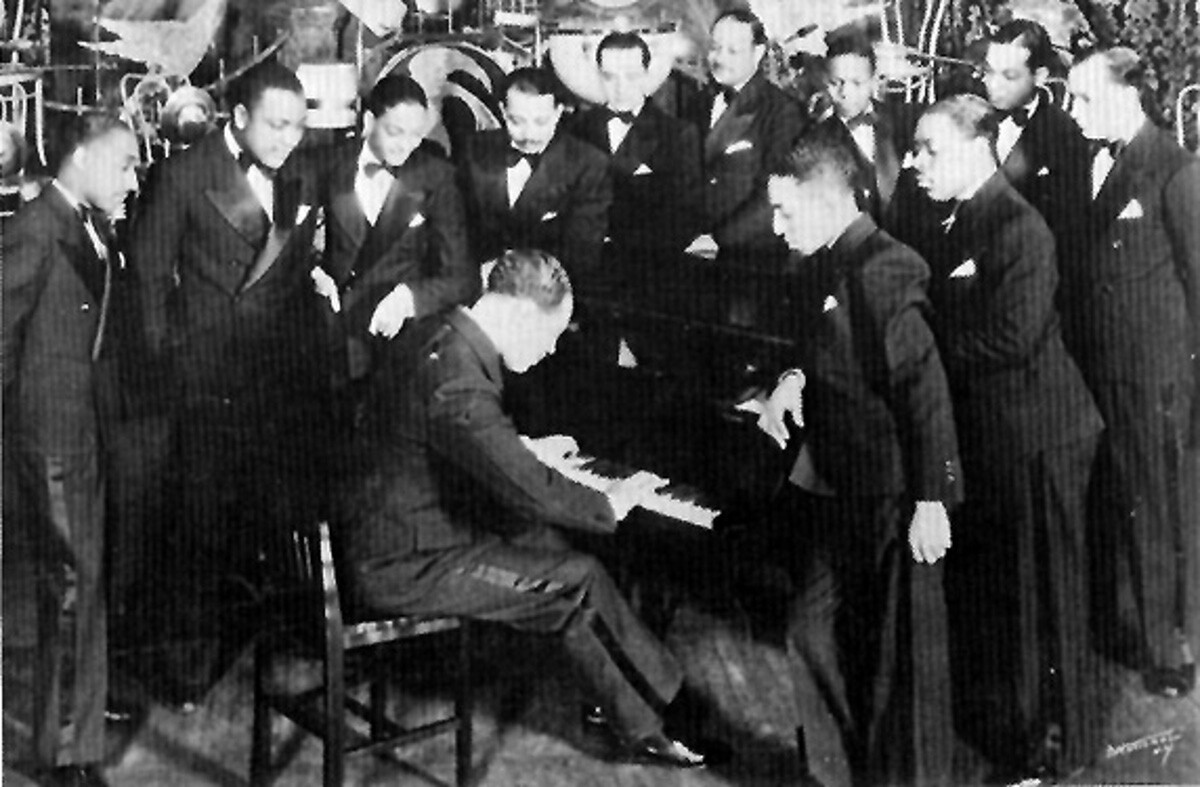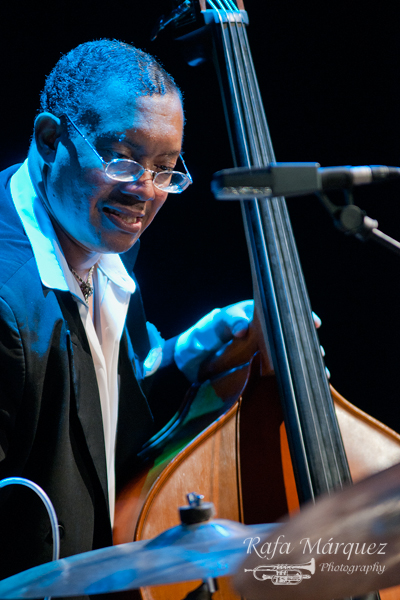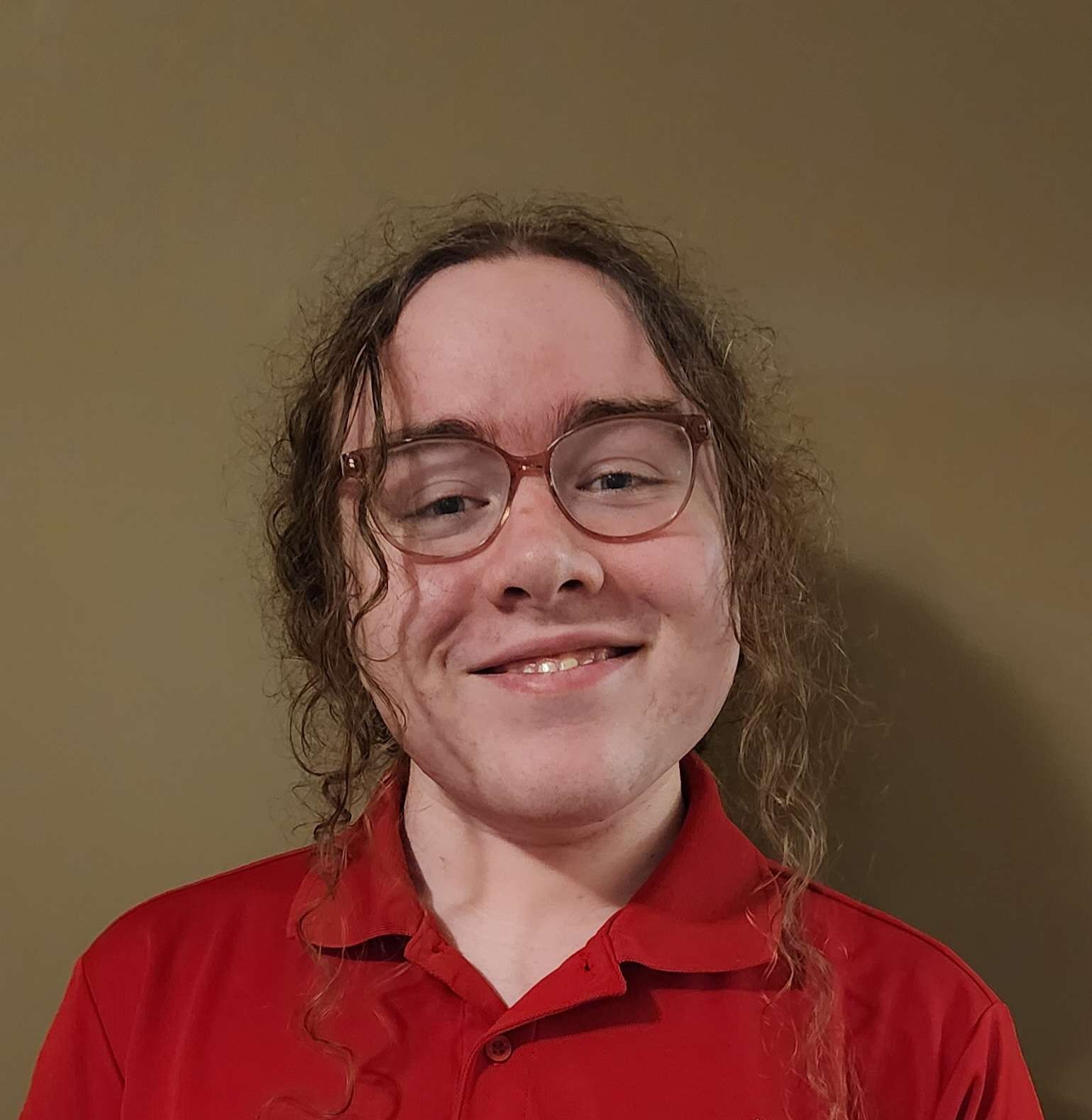Jazz at the Schermerhorn
The Duke Ellington Orchestra and the Joy of Music
On March 1st, 2024, the Duke Ellington Orchestra performed at the Schermerhorn Symphony Center, filling the space with extraordinary playing and, above all, a sense of joy and connectedness. Without a doubt, this Orchestra carries on Ellington’s legacy of exquisite music and impeccable performance that are both beyond category.
Edward Kennedy “Duke” Ellington (1899-1974) was one of the most influential musicians and composers of the 20th century. Nicknamed “Duke” by a childhood friend who thought that the way Ellington conducted himself was akin to a noble, he started taking piano lessons when he was seven. However, he did not find his passion for piano until he was fourteen and began to hang out at Frank Holliday’s Pool Hall in Washington D.C., where he would listen to and meet myriad pianists and people from all around the country. Duke Ellington was a wonderful pianist, but as one of his closest collaborators, Billy Strayhorn, would put it, “Duke Ellington plays the piano, but his real instrument is his band.” Even at the beginning of his career, Duke Ellington quickly took up the position of bandleader, forming his first group, “The Duke’s Serenaders,” in 1917. In 1923, he moved to New York City and was playing with a group initially called Elmer Snowden and his Black Sox Orchestra. This group would be renamed The Washingtonians, and, following a disagreement with former leader and banjoist Elmer Snowden, Ellington was chosen to be the new leader of the group. This group would eventually transform into the Duke Ellington Orchestra, playing at Club Kentucky in 1925, the Cotton Club starting in 1927, and countless other places over the decades that followed.

The Duke Ellington Orchestra built a strong legacy with Duke’s leadership that was continued in 1974 by Duke’s son Mercer Ellington, who took over the group after Duke’s death. Mercer saw to assisting the band and preserving its legacy, a legacy that would continue to hold strong following Mercer’s death in 1996, with his youngest son, Paul Ellington, taking the reins. Even though Mercer and Paul may both lead the group differently from Duke, following the Orchestra’s performance on March 1st, I am happy to be able to confirm that their website’s assertion that “today’s Duke Ellington Orchestra swings with the same musical energy and vibrancy as it did 100 years ago” absolutely rings true. I can see that Mercer and Paul maintained Duke’s talent for discovering wonderful musicians that continue to propel the group to wonderful heights, as the Orchestra’s playing maintains unquestionable depth and exuberance. They all undoubtedly honor Duke’s legacy, and the world of jazz—or, American music, as Duke would come to call his music—is lucky to have them.
The Duke Ellington Orchestra’s performance was immaculate from beginning to end and filled with exciting variety. I did wish at times that the piano was a little louder, as from my seat in the back, I could not always hear it as well as I would have liked during louder full band sections, but the fact that this is my only real complaint is a testament to the group’s skill and stage presence. From the moment the group came on stage to the moment they left, they radiated infectious joy and passion for the music. Nowhere was this clearer than with alto saxophonist and band leader Charlie Young. He would talk to the audience between pieces, giving explanations and history for each piece, making jokes, and simply connecting with the concertgoers. One could not help but smile while listening to him; the mood he created was comfortable and welcoming, as if the Orchestra was at home playing for a group of friends, excited to share something meaningful and beautiful. This sense of excitement and joy was evident throughout the night in every player, filling the hall with a passionate and energetic atmosphere.

The evening naturally began with “Take the ‘A’ Train,” the signature theme song of the Duke Ellington Orchestra, setting the stage for a night of fervent enthusiasm. Following this was “Satin Doll,” which featured a bass solo by J. J. Shakur that embodied all the previously mentioned elements of jubilation. During his solo, Shakur smiled almost as if letting the audience in on a joke while he performed feats of musical acrobatics, rapidly traveling up and down his upright bass. Shakur seemed to almost embrace a humorous side of soloing while still playing wonderful lines with incredible intonation. ![]()
![]()
As a percussionist and drummer myself, I always appreciate watching and admiring other drummers, and David F. Gibson was phenomenal on drums. A masterful drummer truly sets the tone for an entire group, not just musically but also visually, especially when they are placed center stage as was the case on this evening. Gibson perfectly matched every song in both regards, which was simply a delight to watch. I particularly noticed him swap from sticks to mallets during “Black and Tan Fantasy” which was a unique choice with a great sound for the section, with the whole night being filled with similarly wonderful decisions. Visually, he enhanced every song with his clear passion for the music and clear admiration for his fellow musicians.
The appreciation that the entire Orchestra showed for each other was heartwarming to behold. This was evident throughout the night, and Paul Ellington came out in the second half of the show to give some brief words of gratitude. After Paul’s address, one other particularly unique element of recognition was the mention of the fact that the Orchestra had a substitute player for the first half of the show. Charlie Young specifically highlighted the substitute’s playing and heaped praise on him, and at the end of the show, the Orchestra came back for an encore piece, bringing out the substitute player as well. It was lovely to see the way that the Orchestra acknowledged each other and acknowledged their substitute player.
Perhaps the most notable example of this was the group’s performance of “Cotton Tail.” Their dynamic performance was an electric rendition of the song featuring alto saxophonist Shelley Carrol, beginning with a delightful call and response section between Carrol on saxophone and the rest of the Orchestra who would sing Carrol’s musical phrases back to him. Carrol’s virtuosic playing energized the room, and by the end of it, the audience jumped to their feet in celebration. The entire night had been filled with joy and exultation, and these feelings culminated during this standing ovation with Charlie Young fervently exclaiming, “That’s my friend!” as Carrol looked happily between the audience and his fellow musicians.
Seeing the Duke Ellington Orchestra live was an inspiring and joyous experience, and I highly recommend it to anyone who gets the chance!



